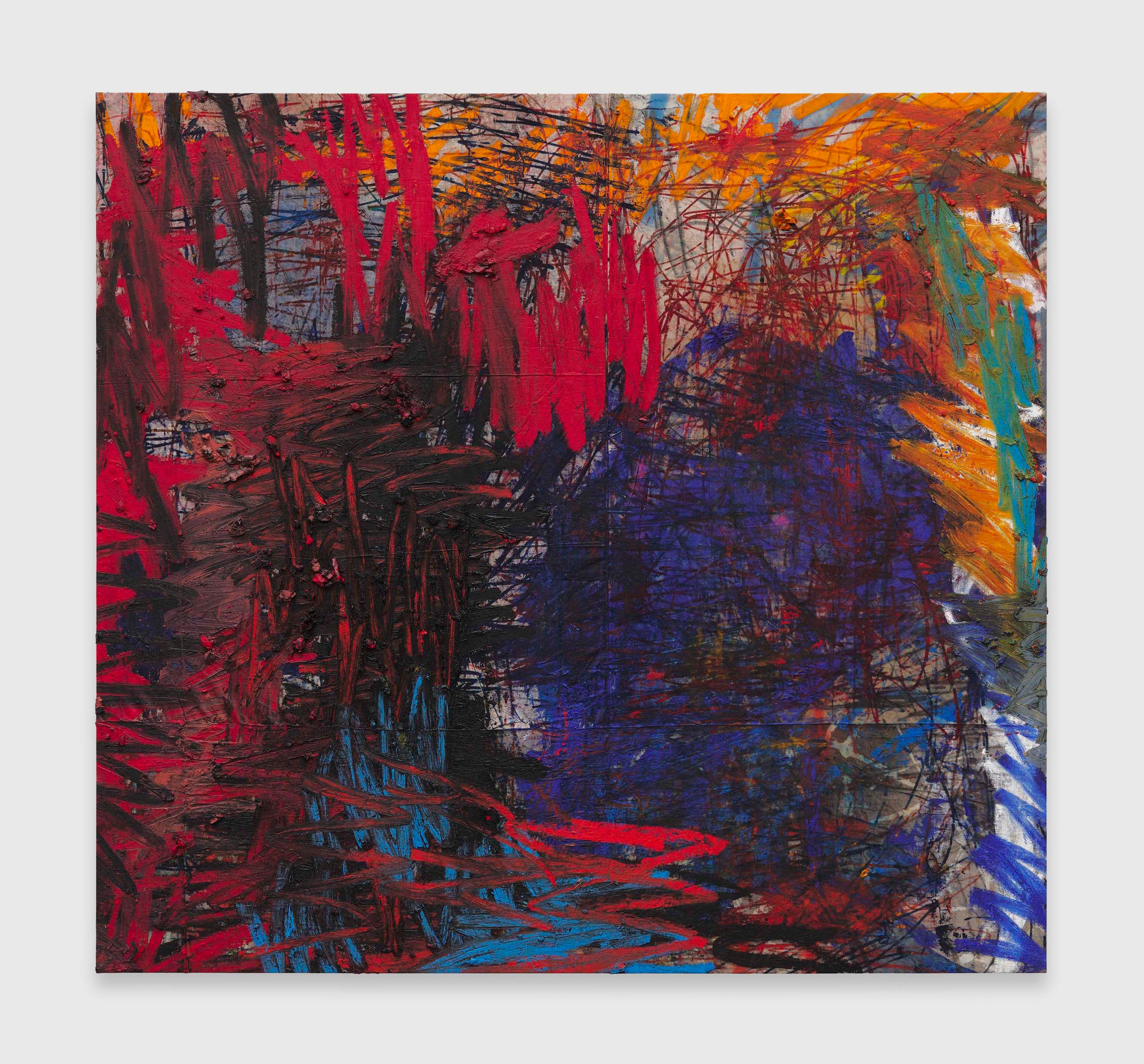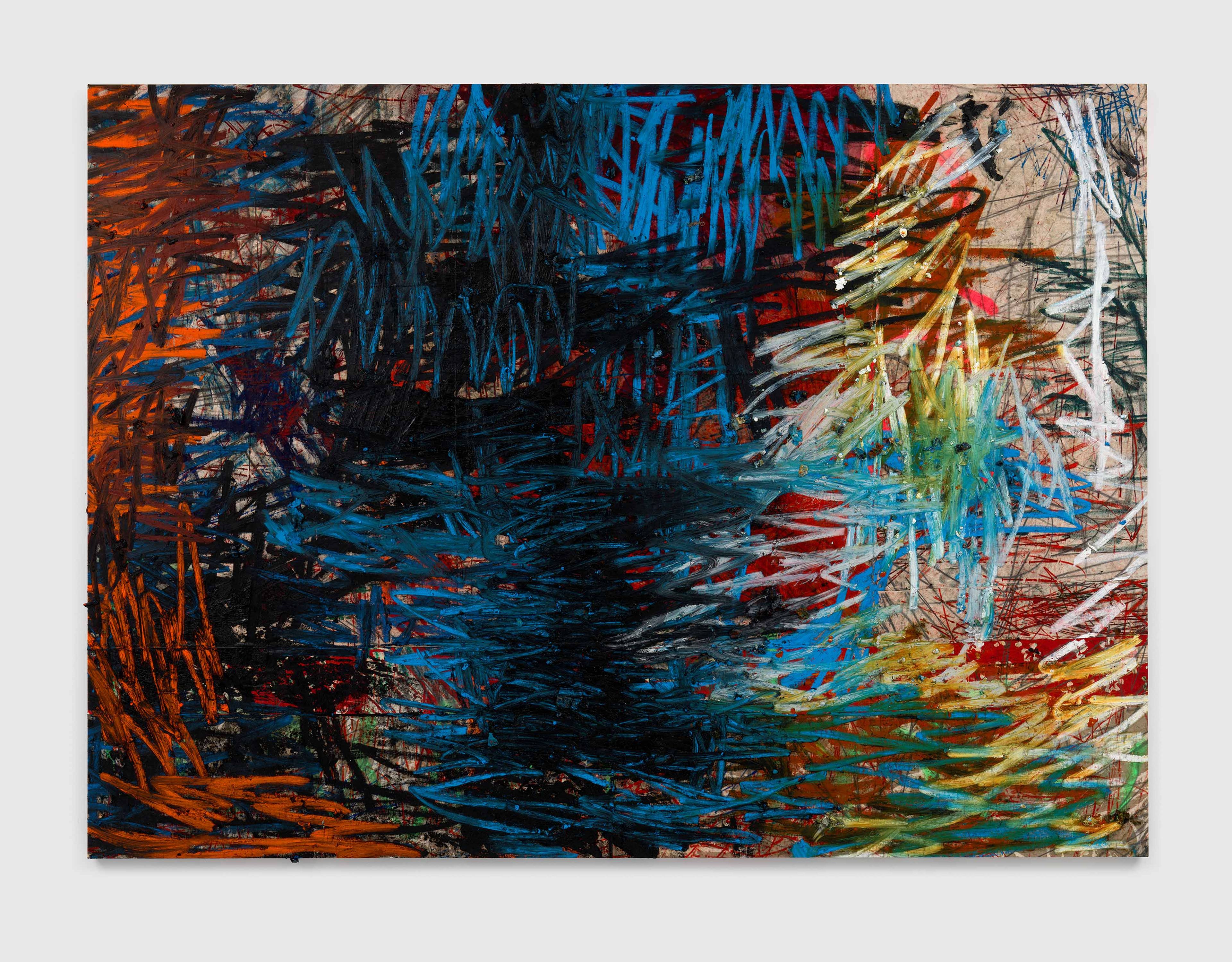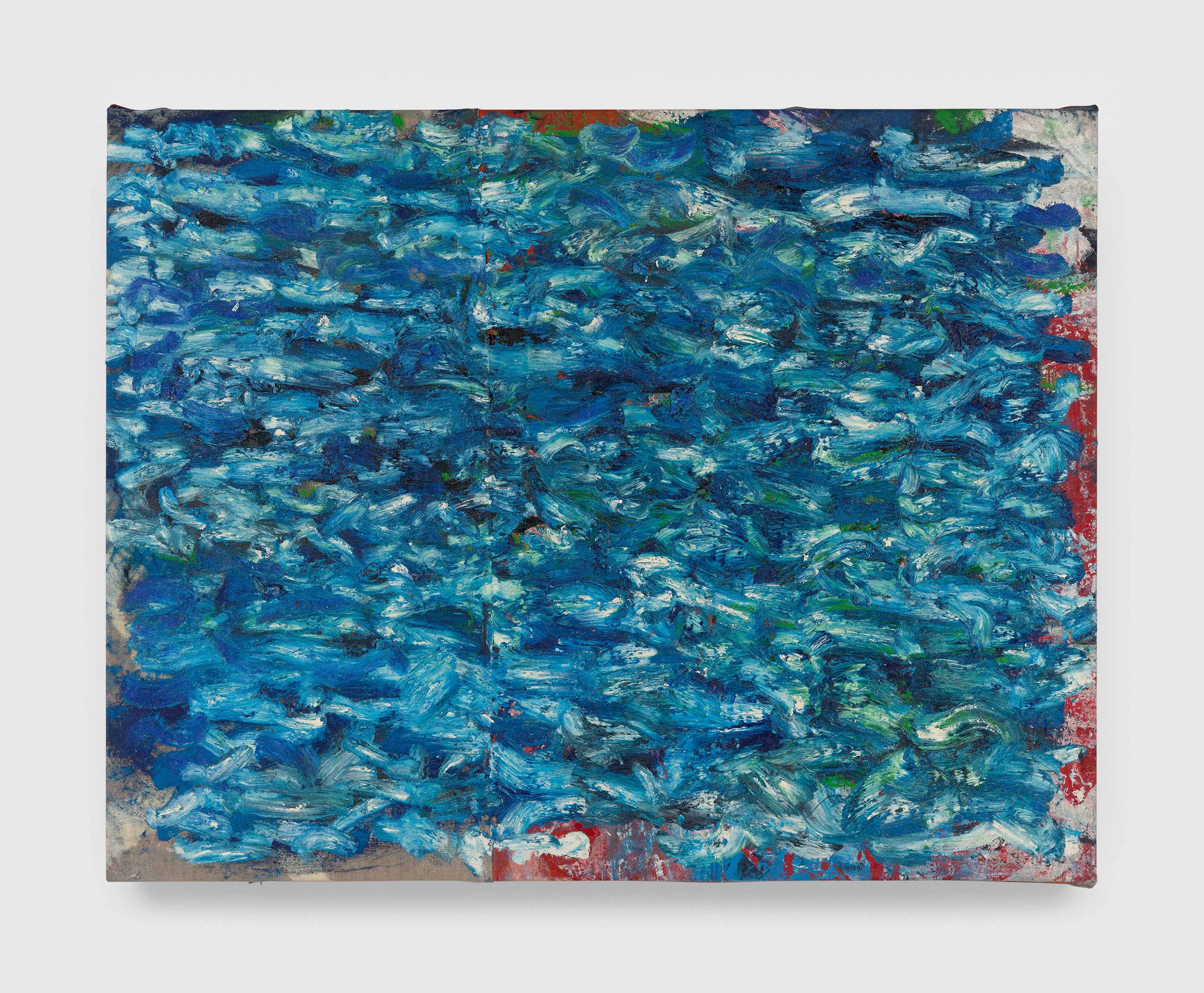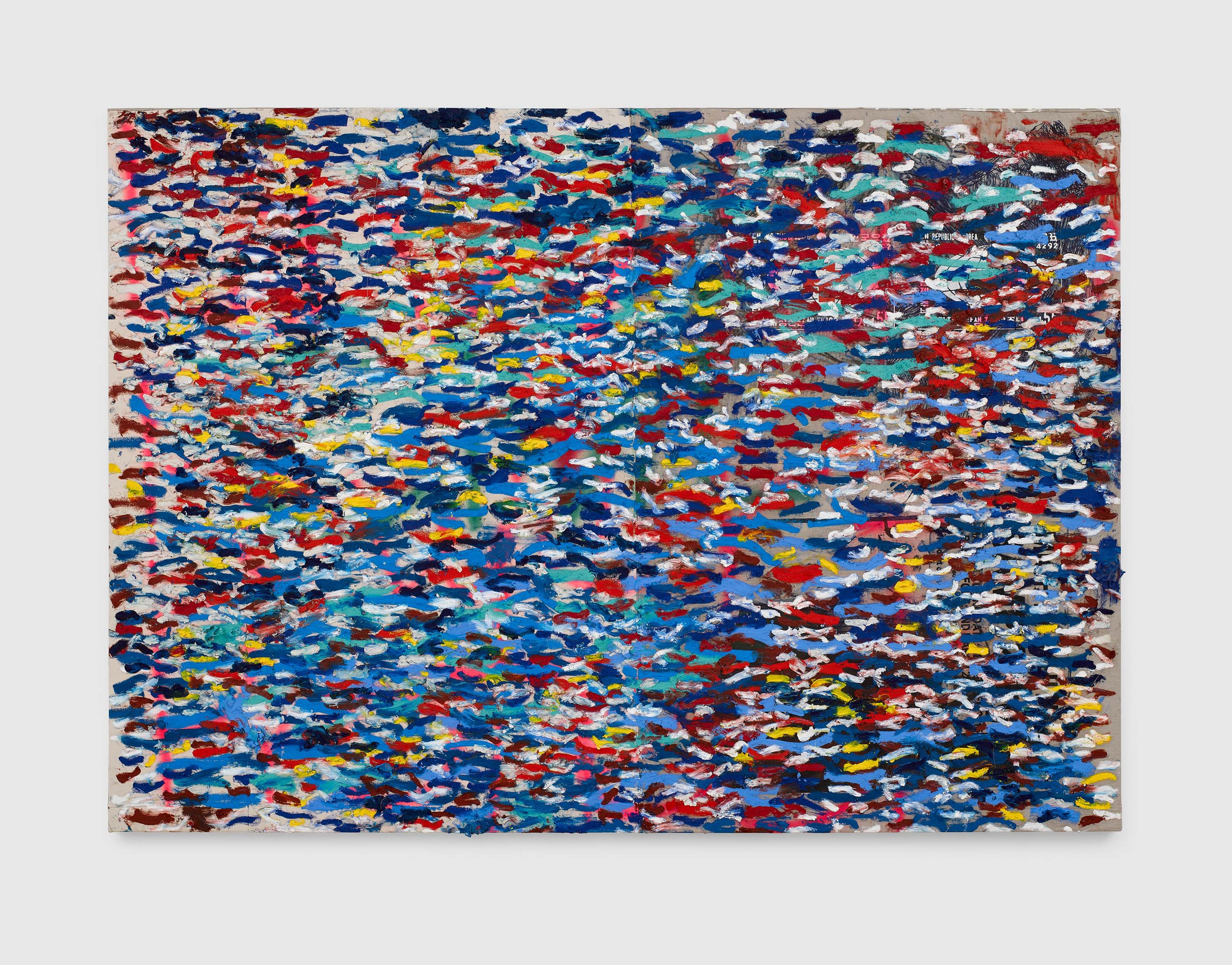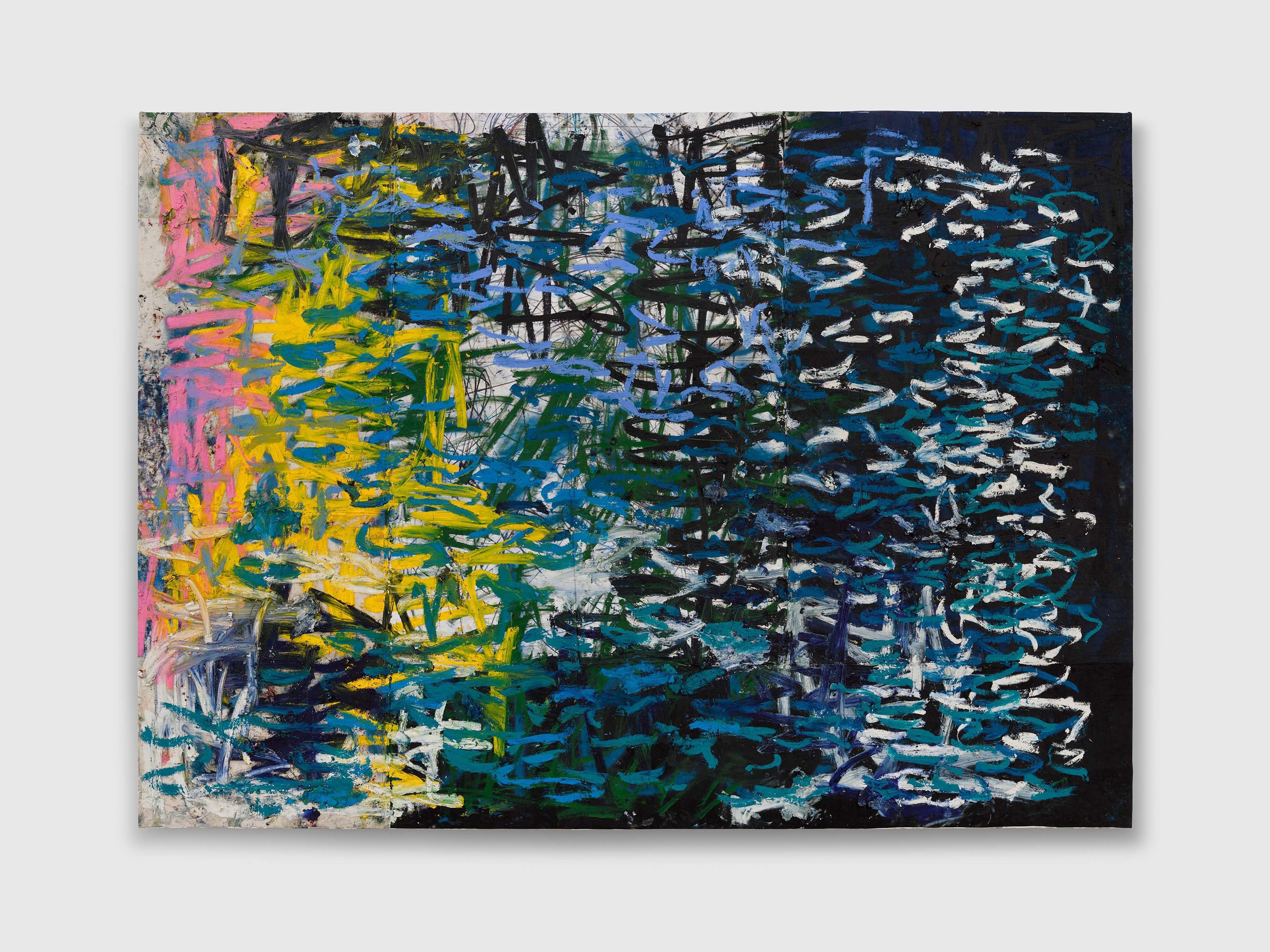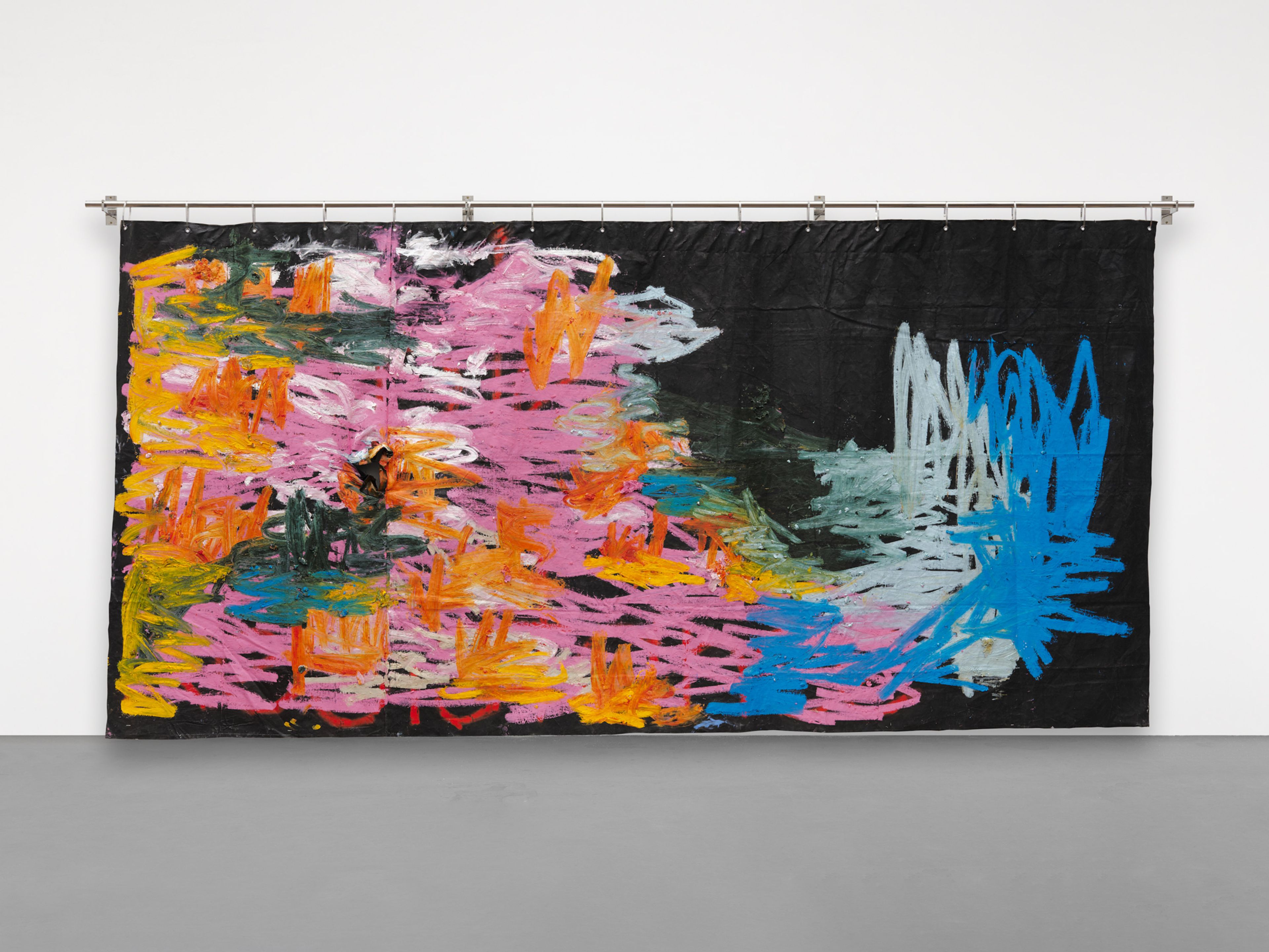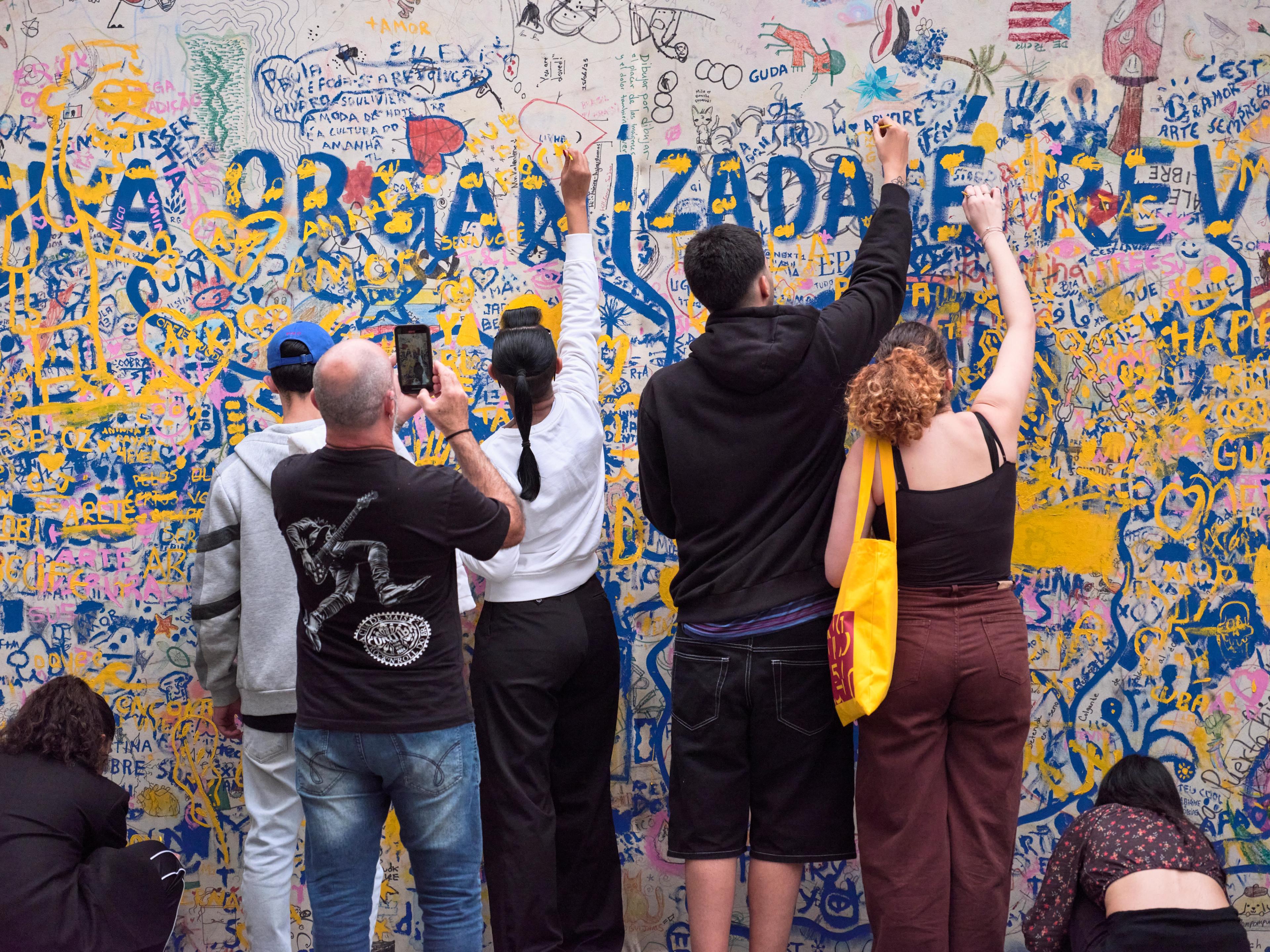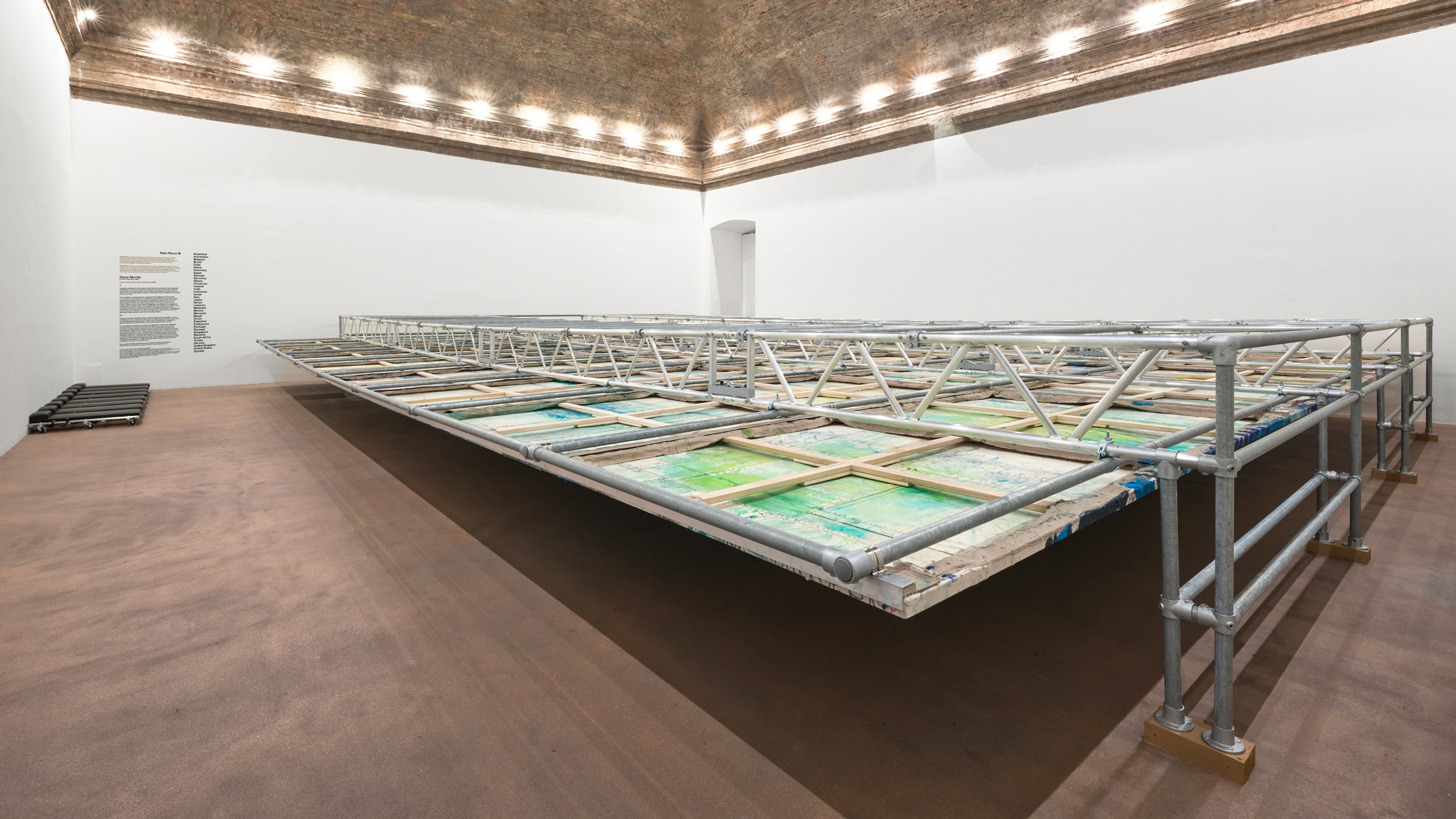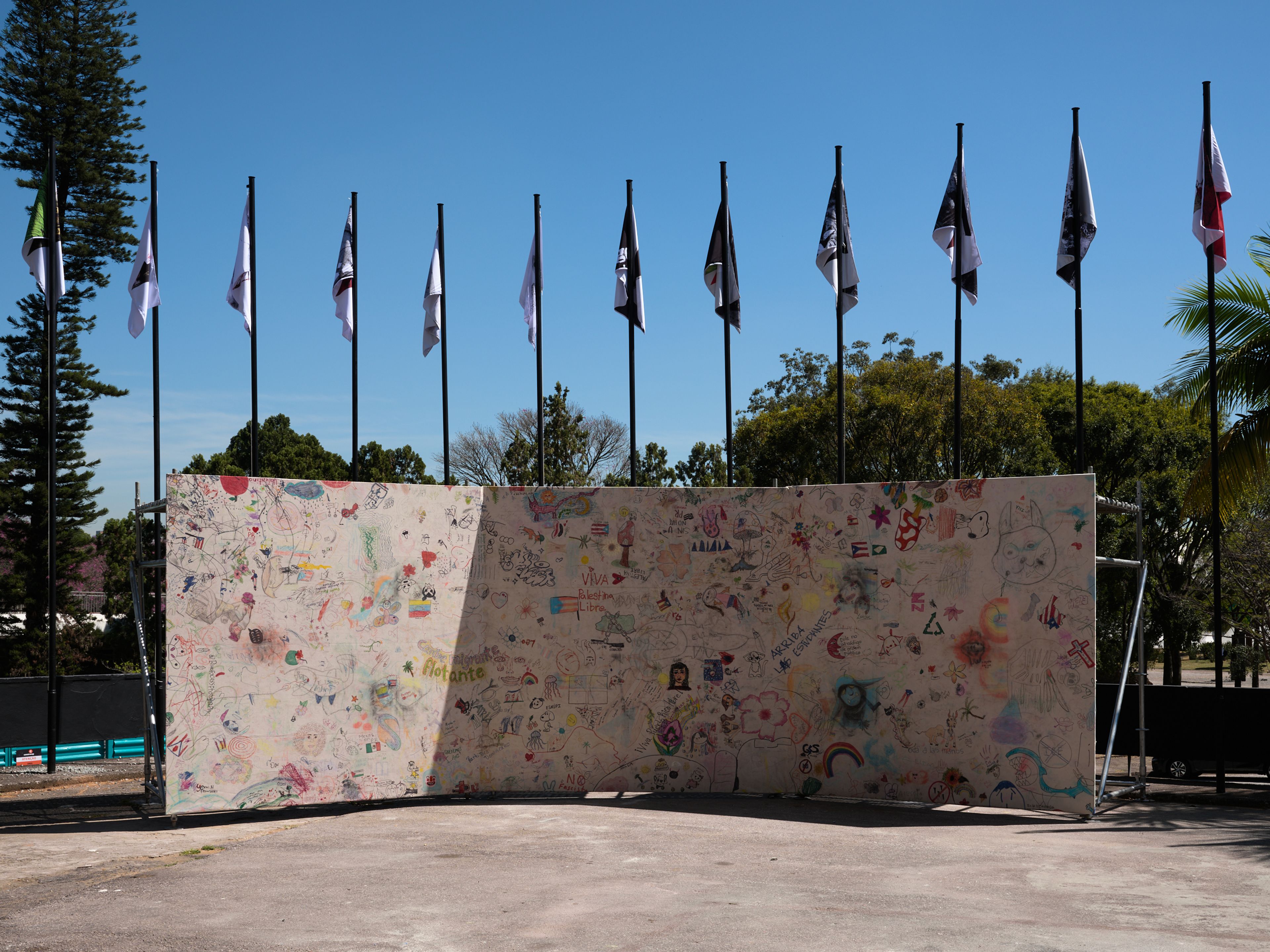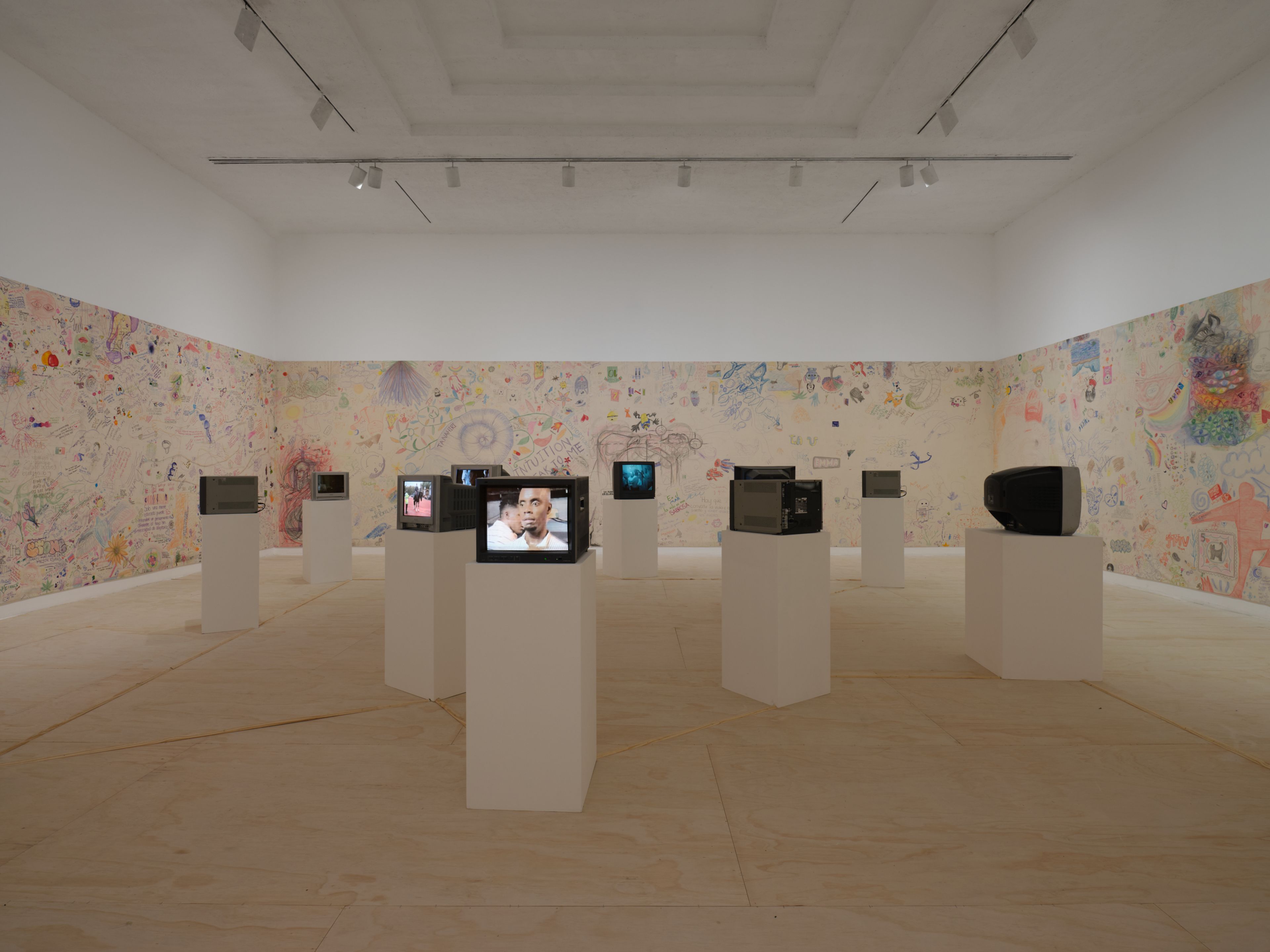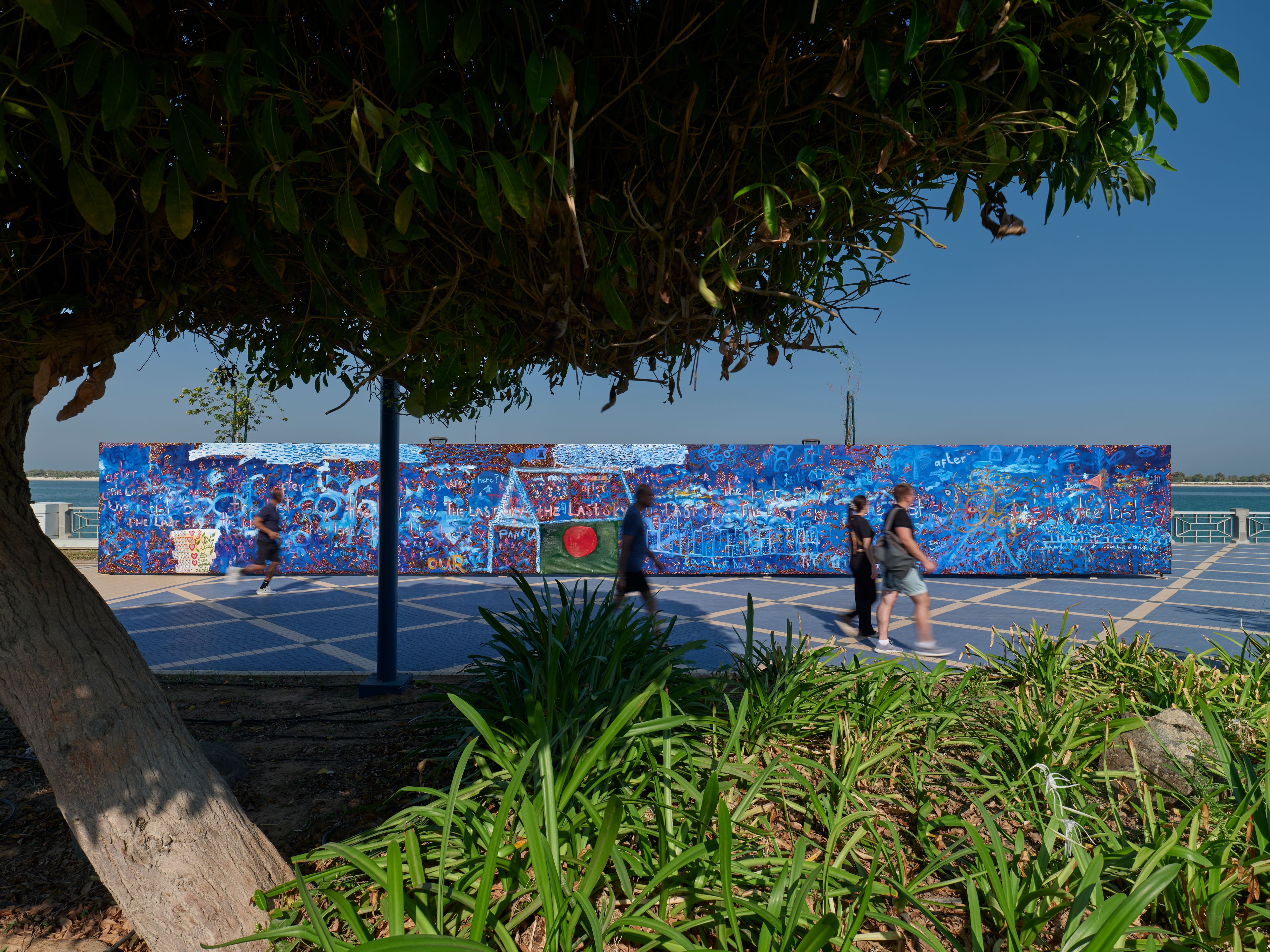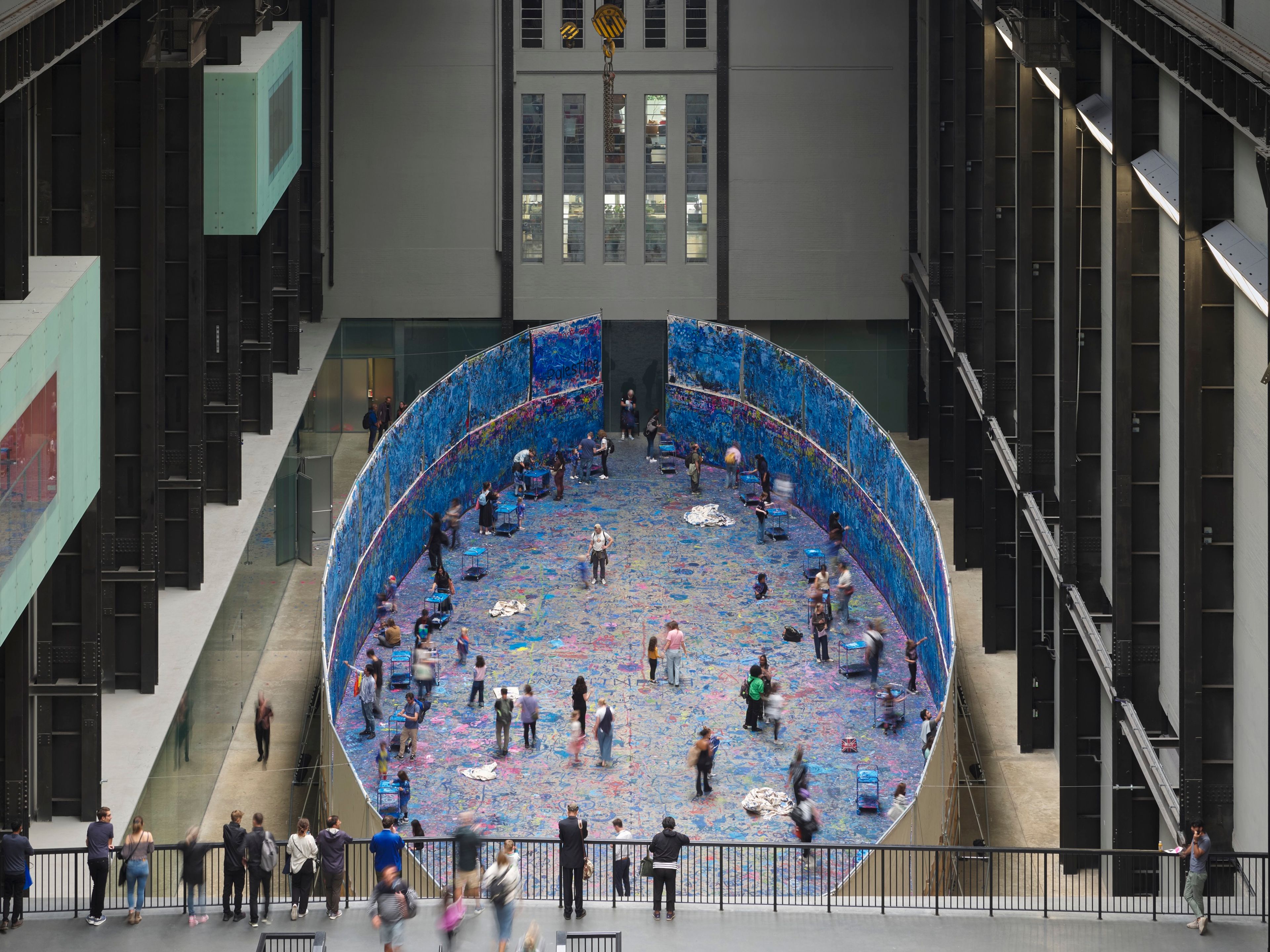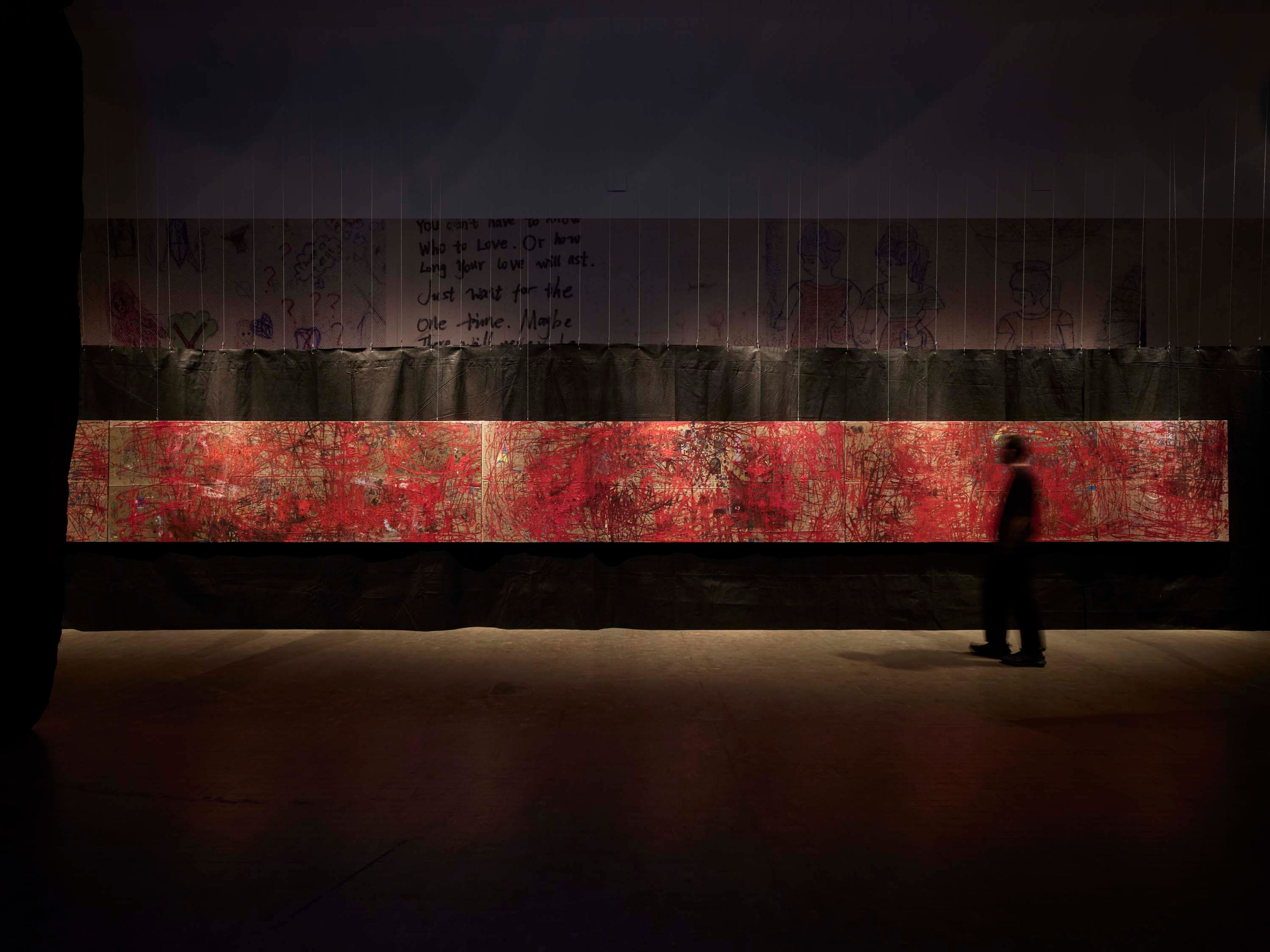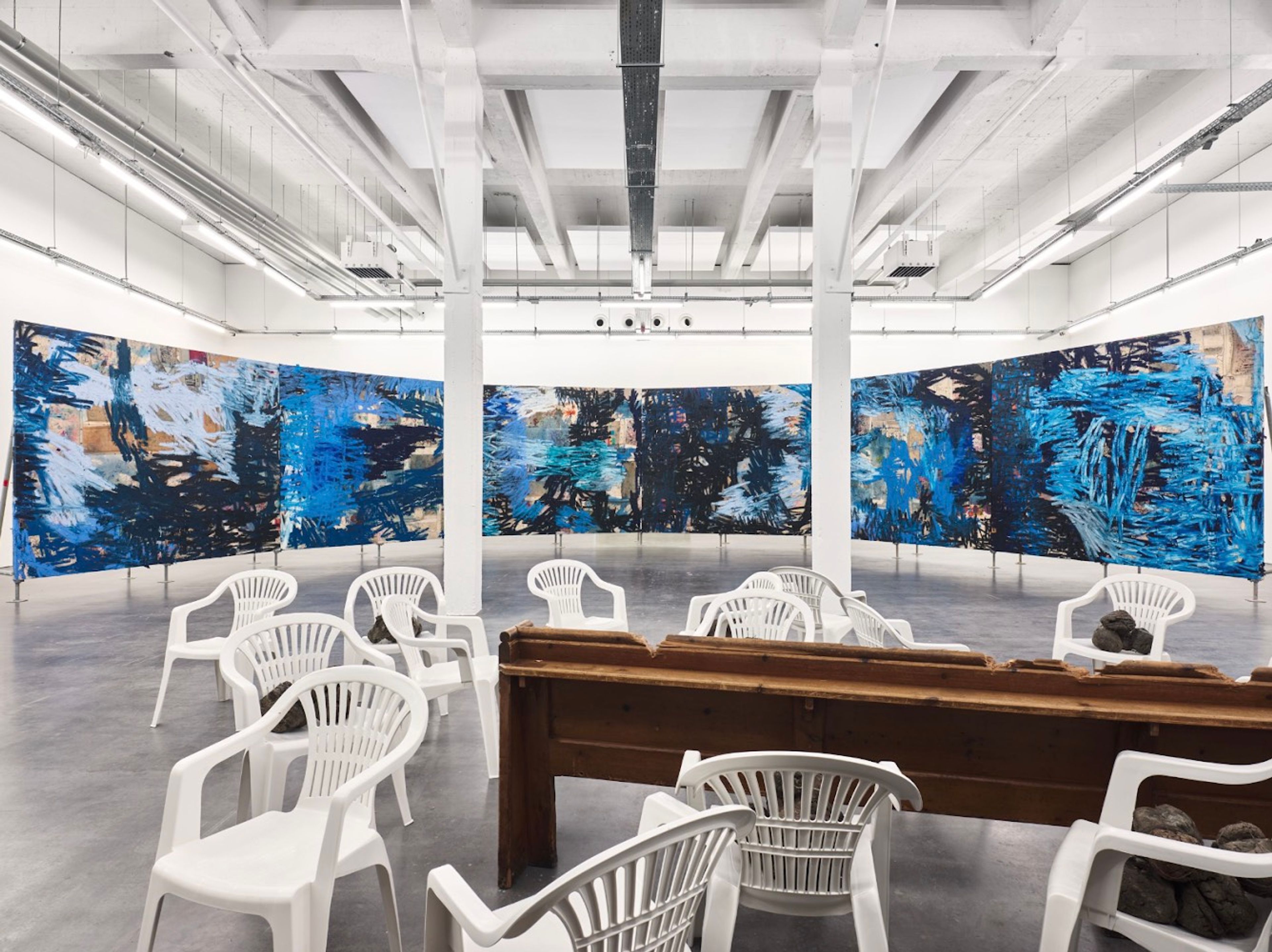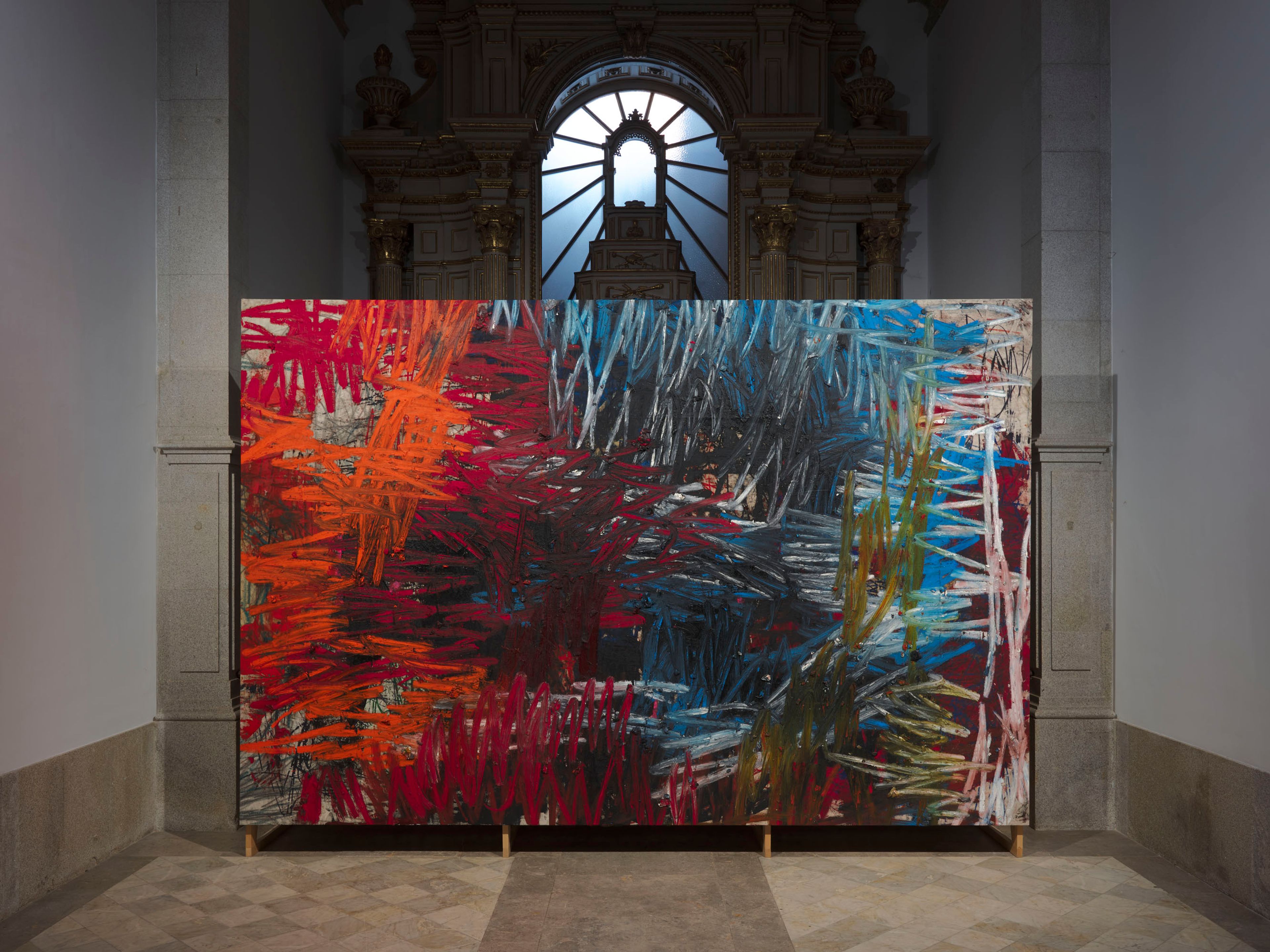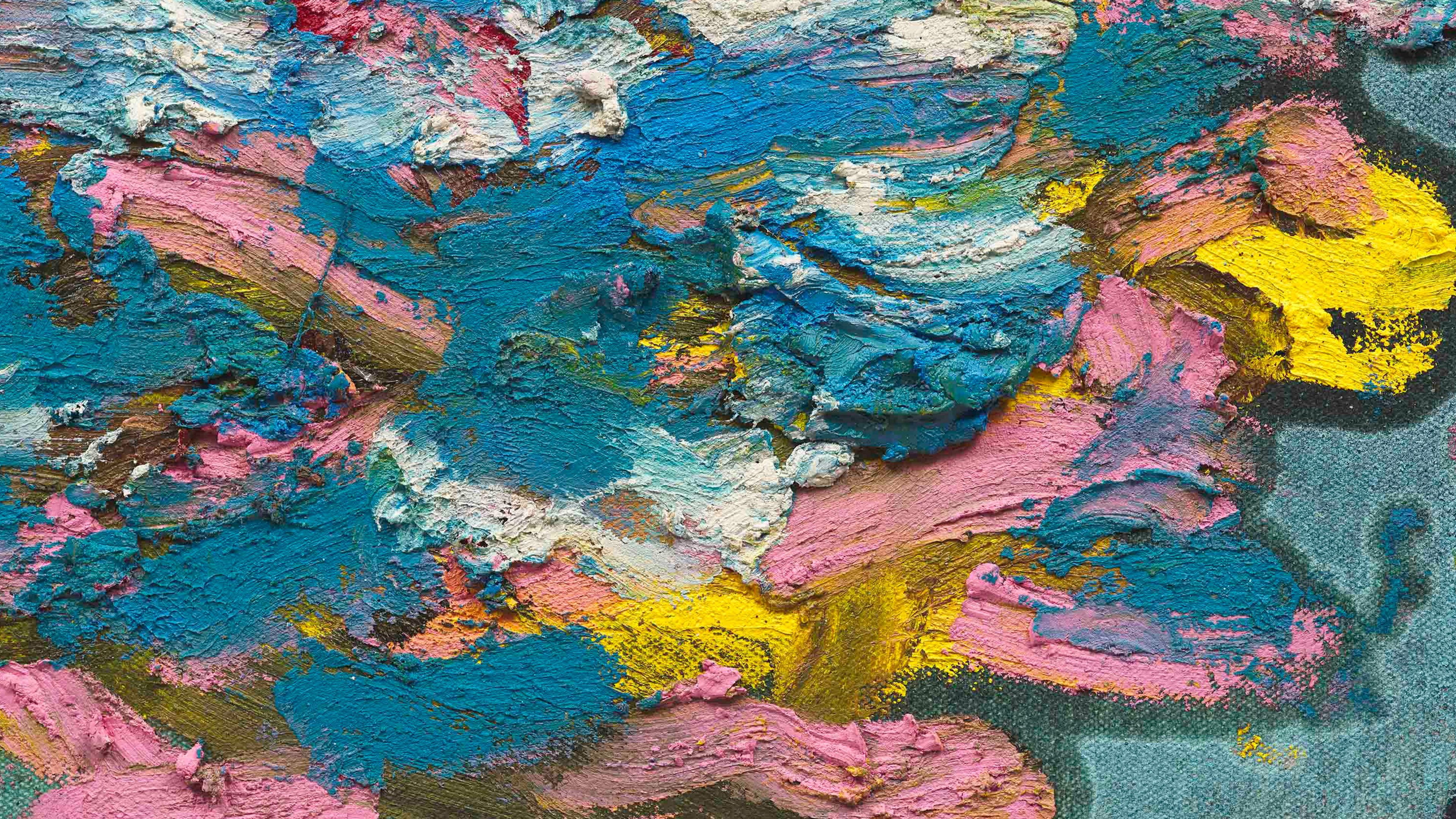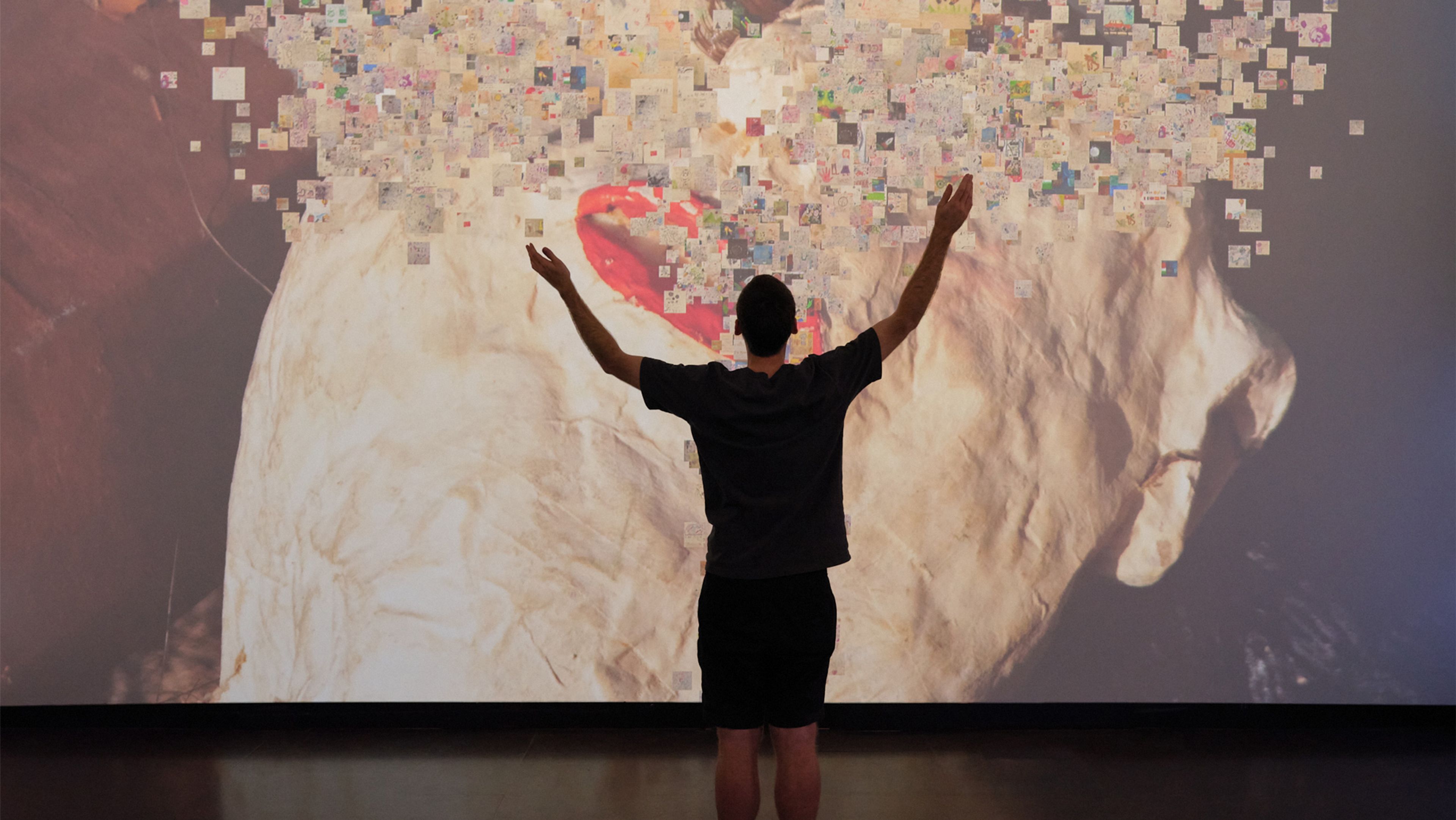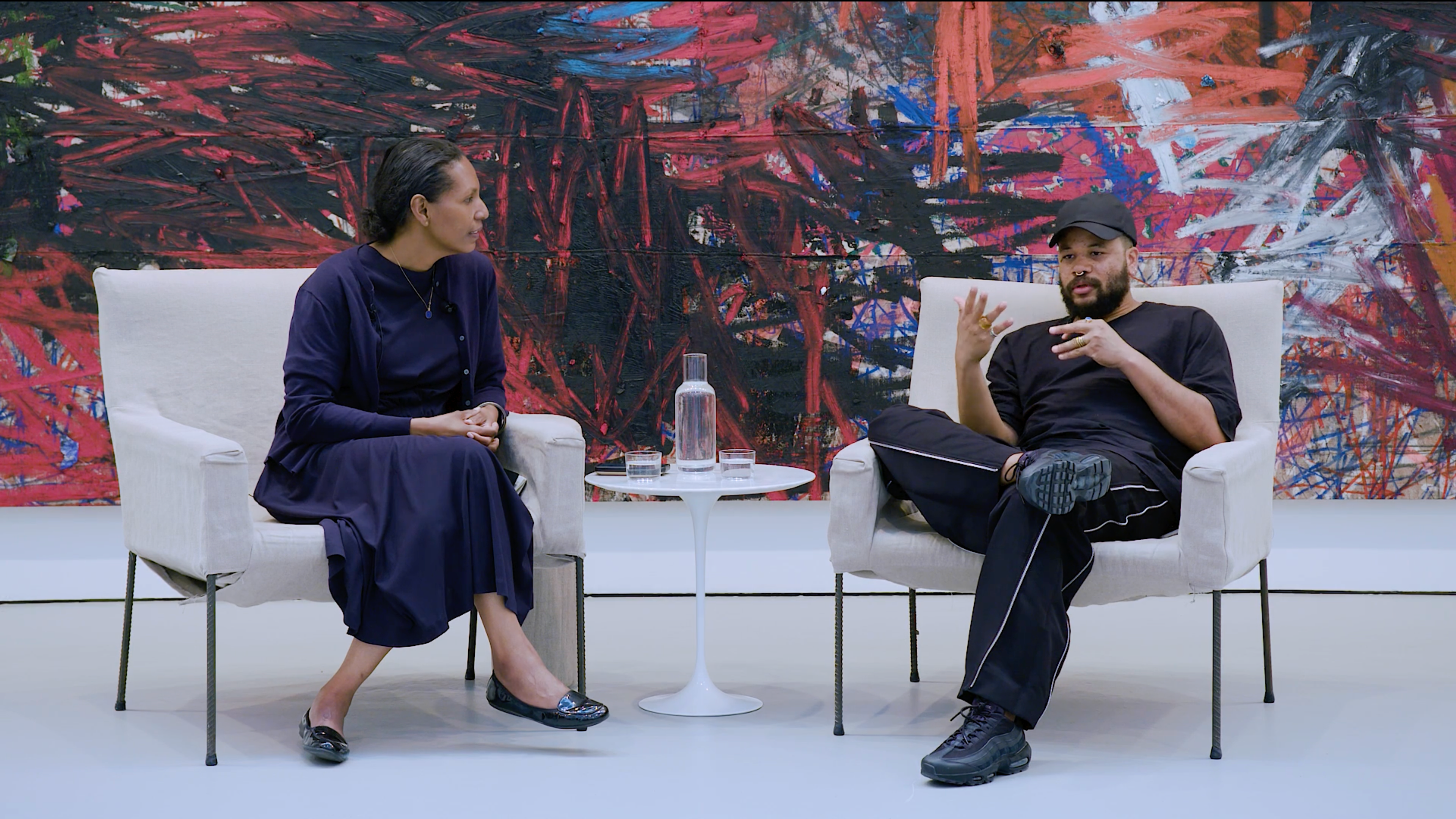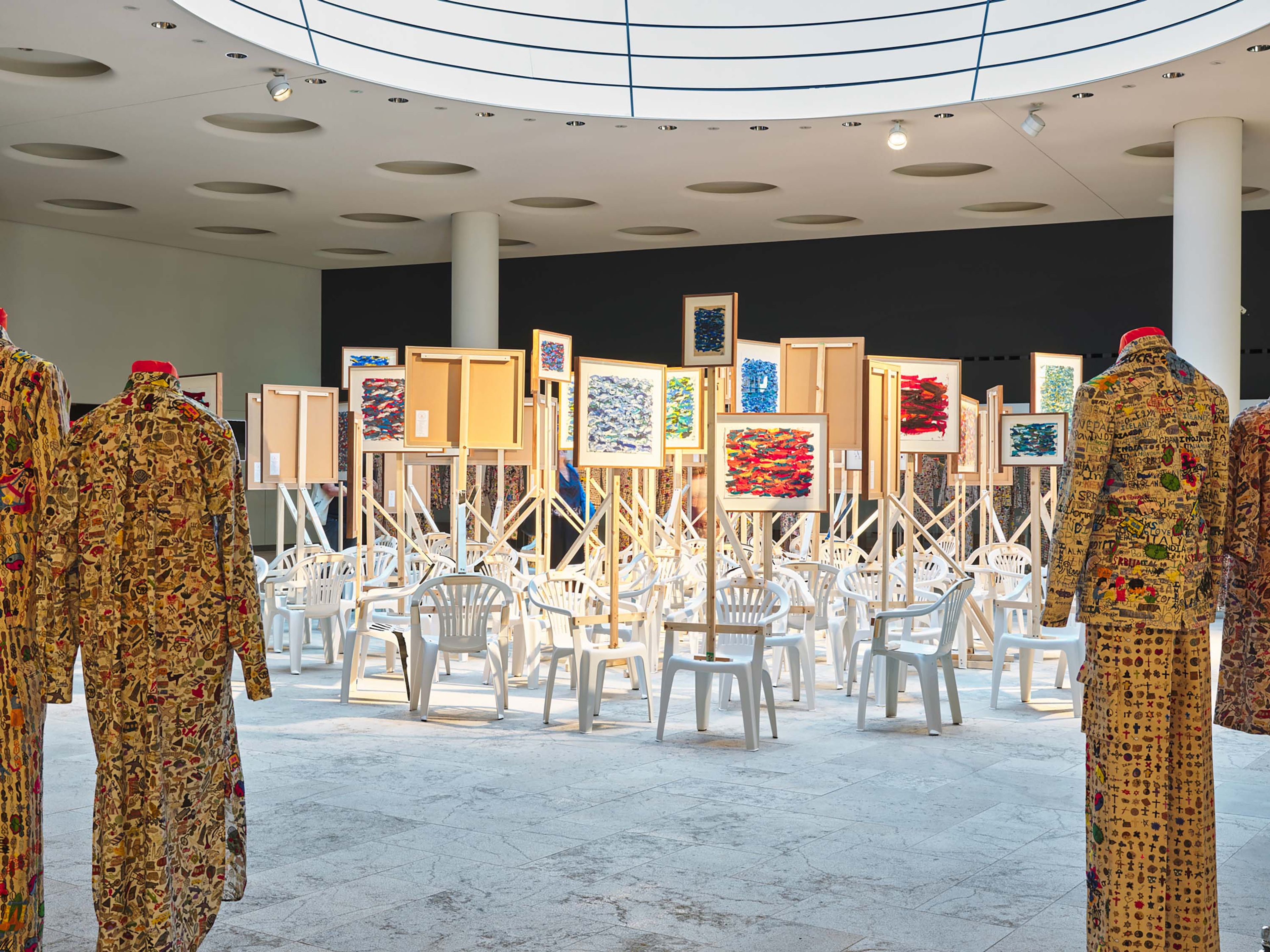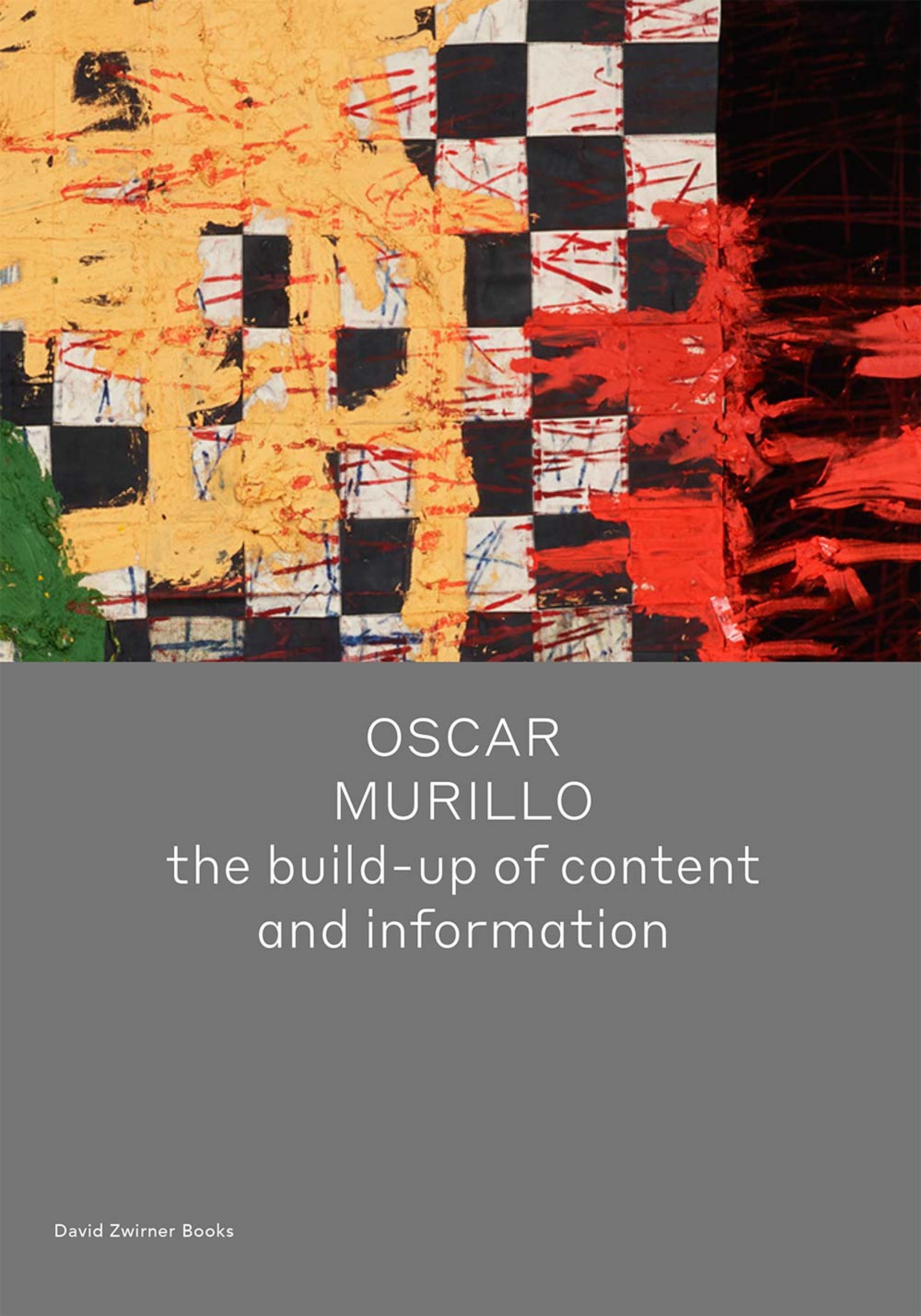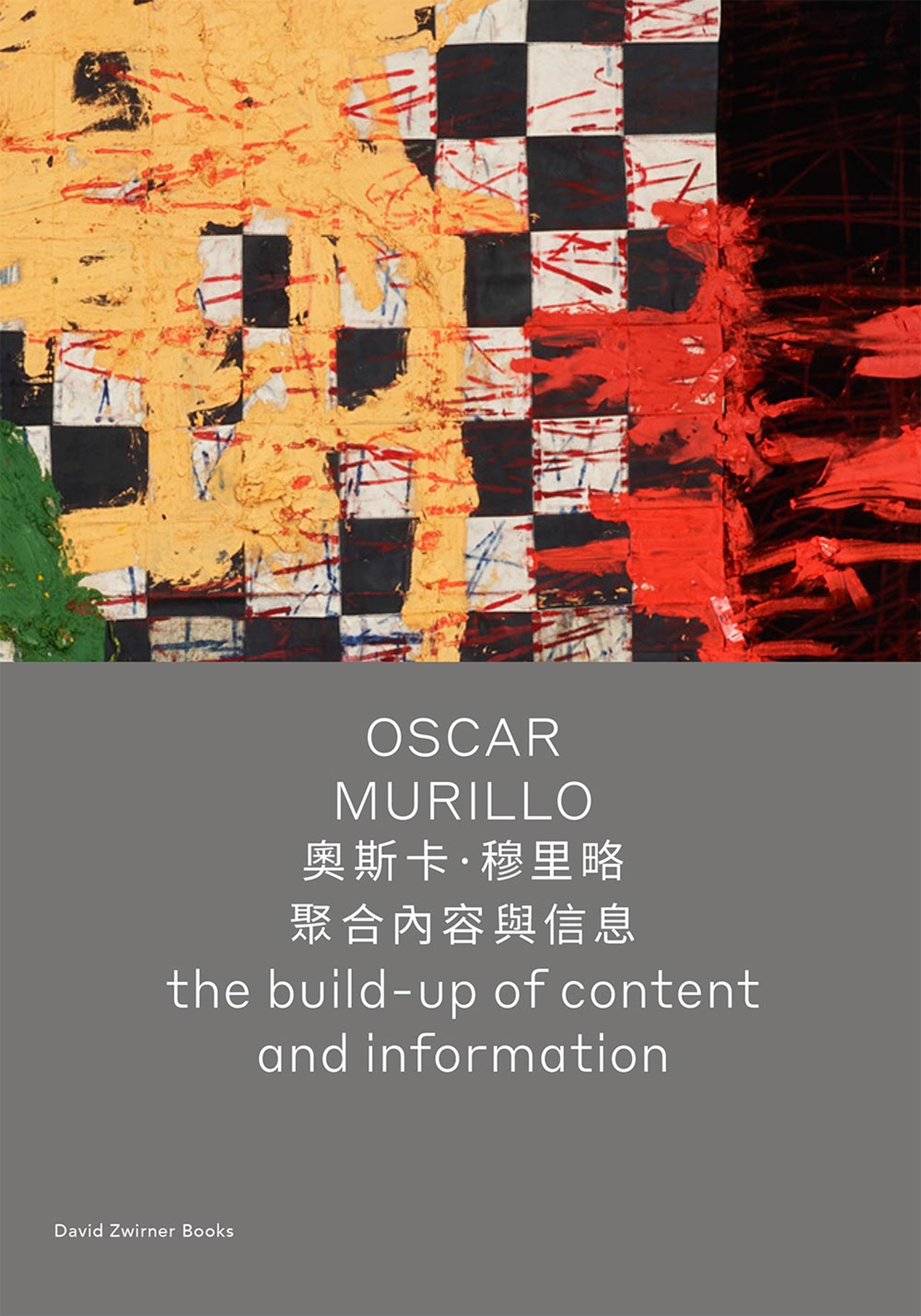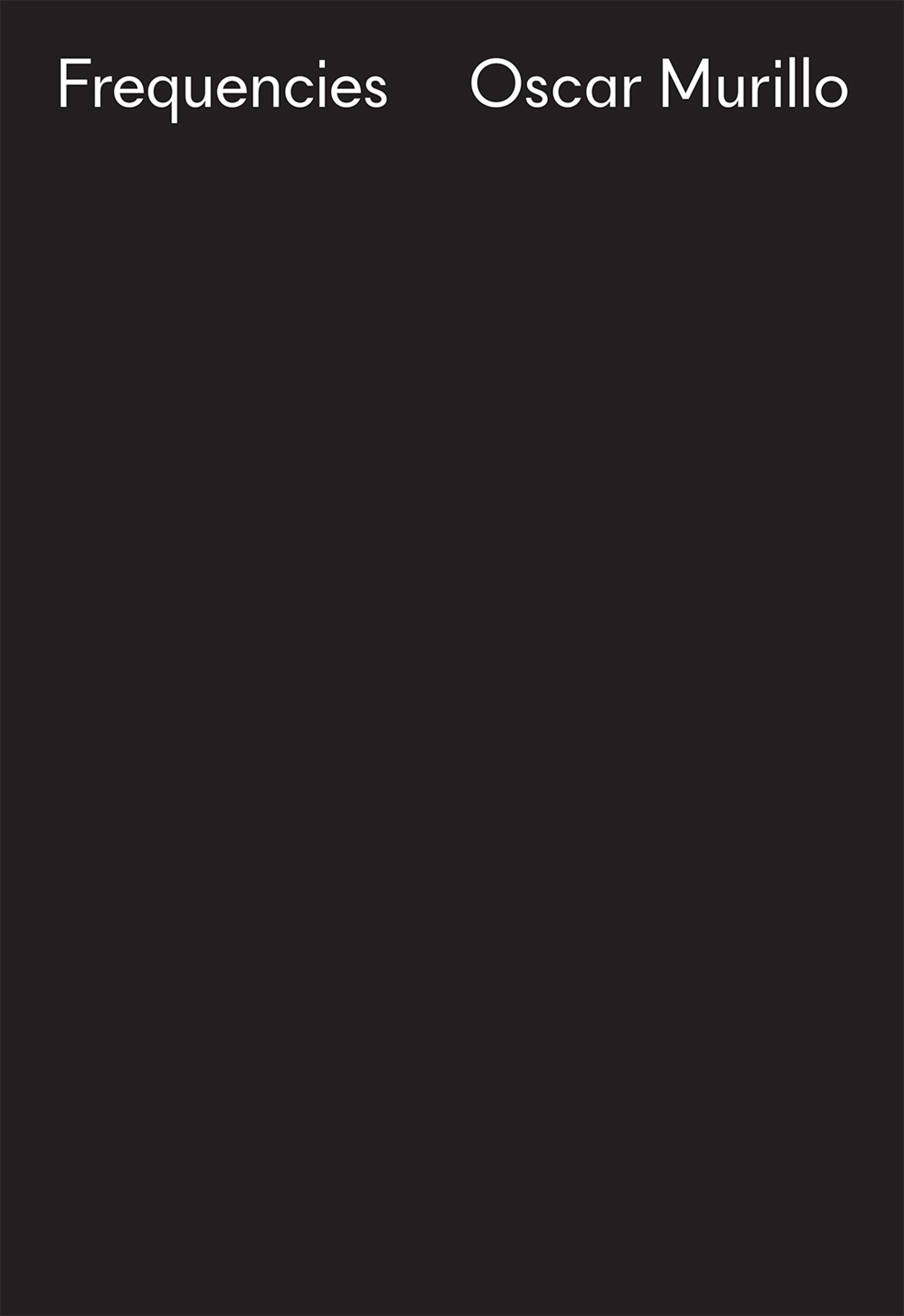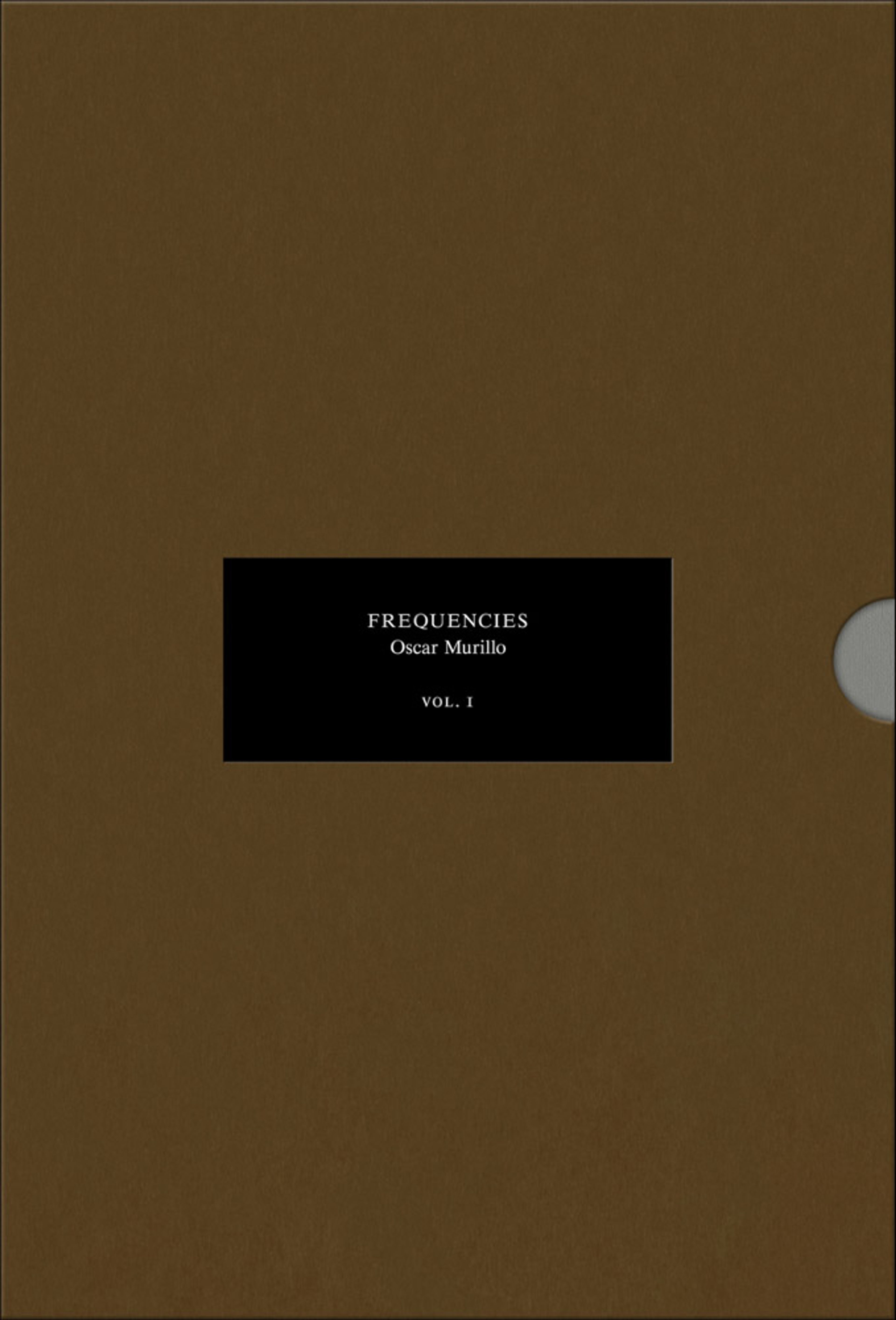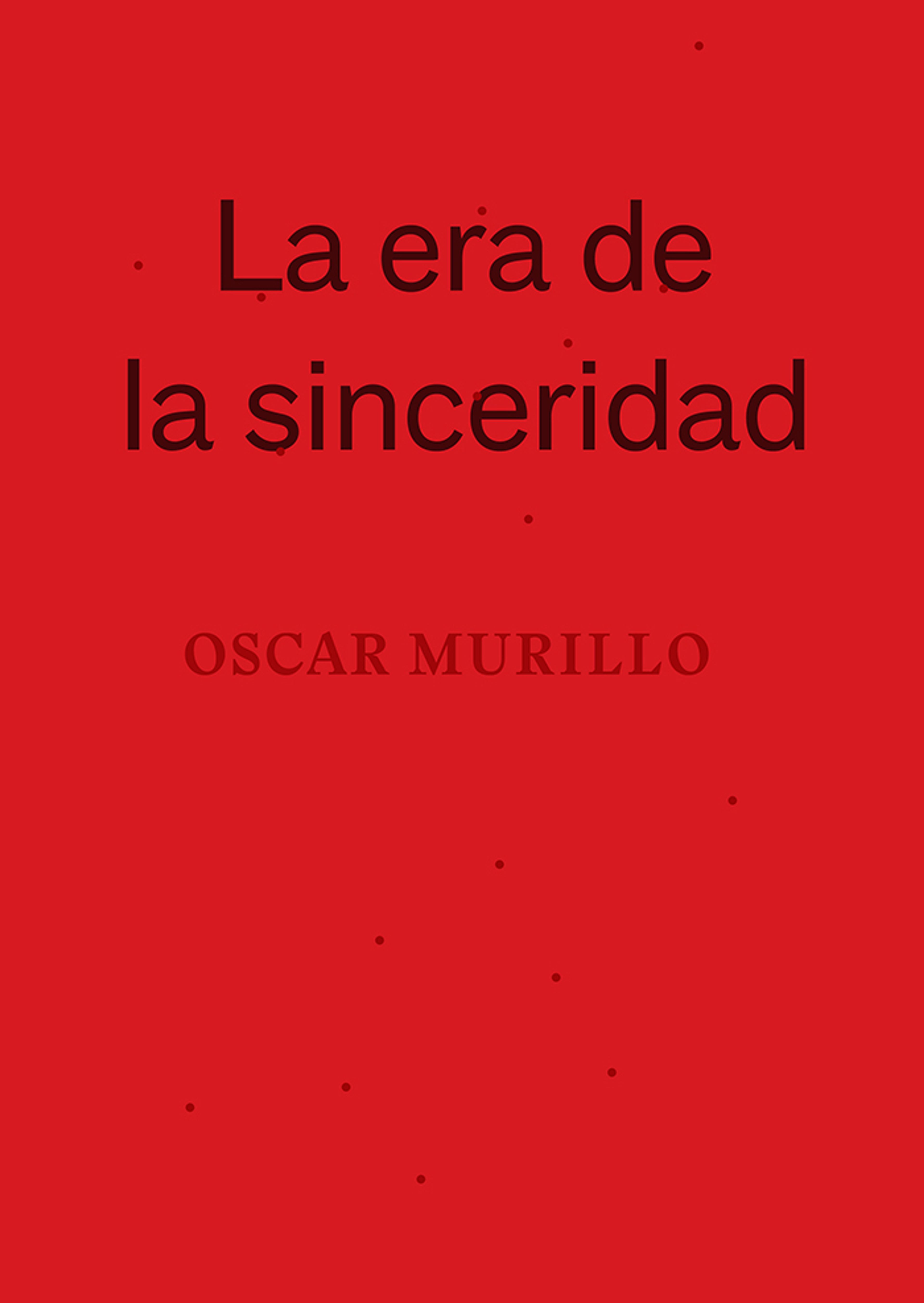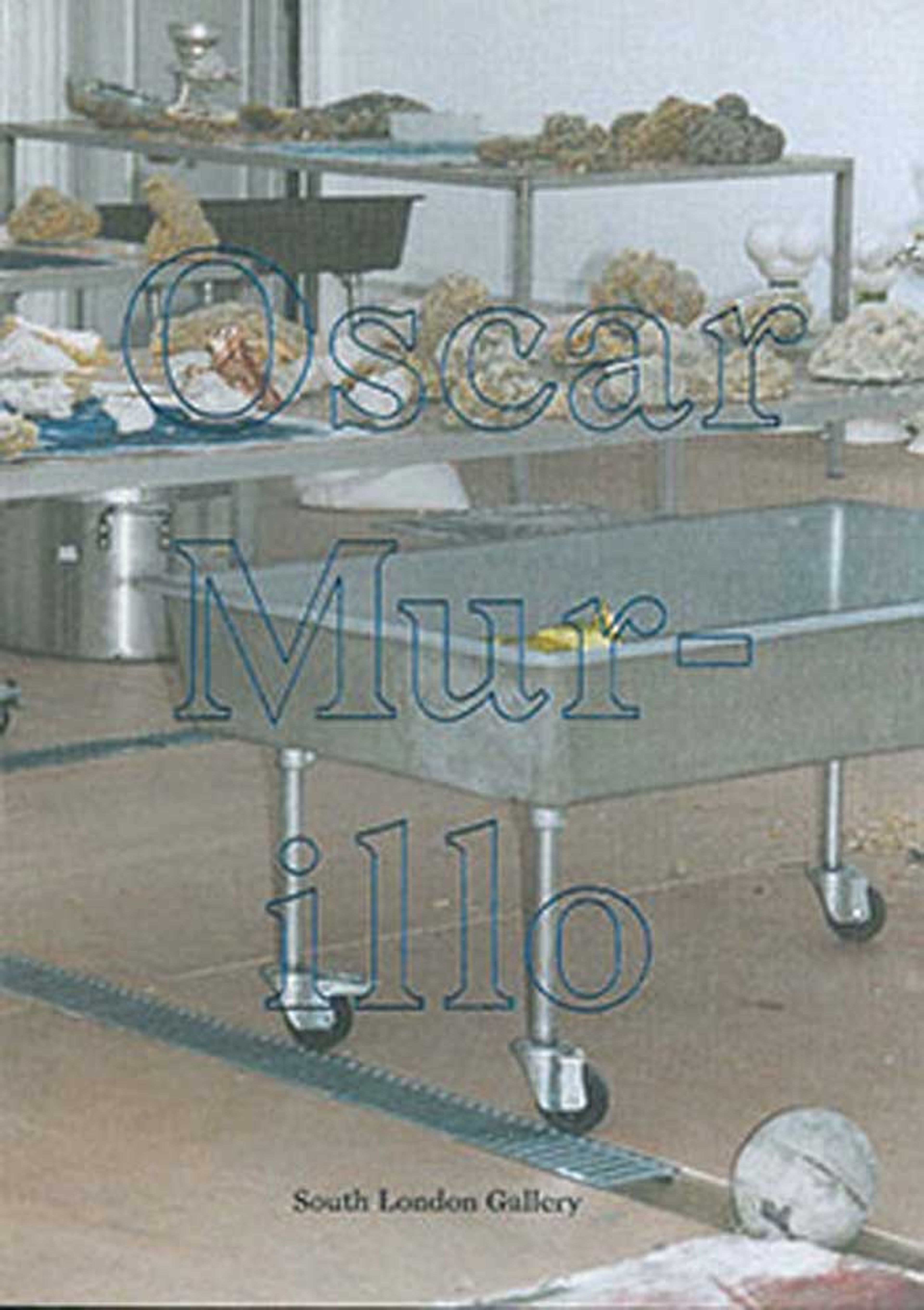Oscar Murillo
Born in Colombia, Oscar Murillo (b. 1986) is known for an inventive and itinerant practice that encompasses paintings, works on paper, sculptures, installations, actions, live events, collaborative projects, and videos. Taken as a whole, his body of work demonstrates a sustained emphasis on the notion of cultural exchange and the multiple ways in which ideas, languages, and even everyday items are displaced, circulated, and increasingly intermingled.
Learn More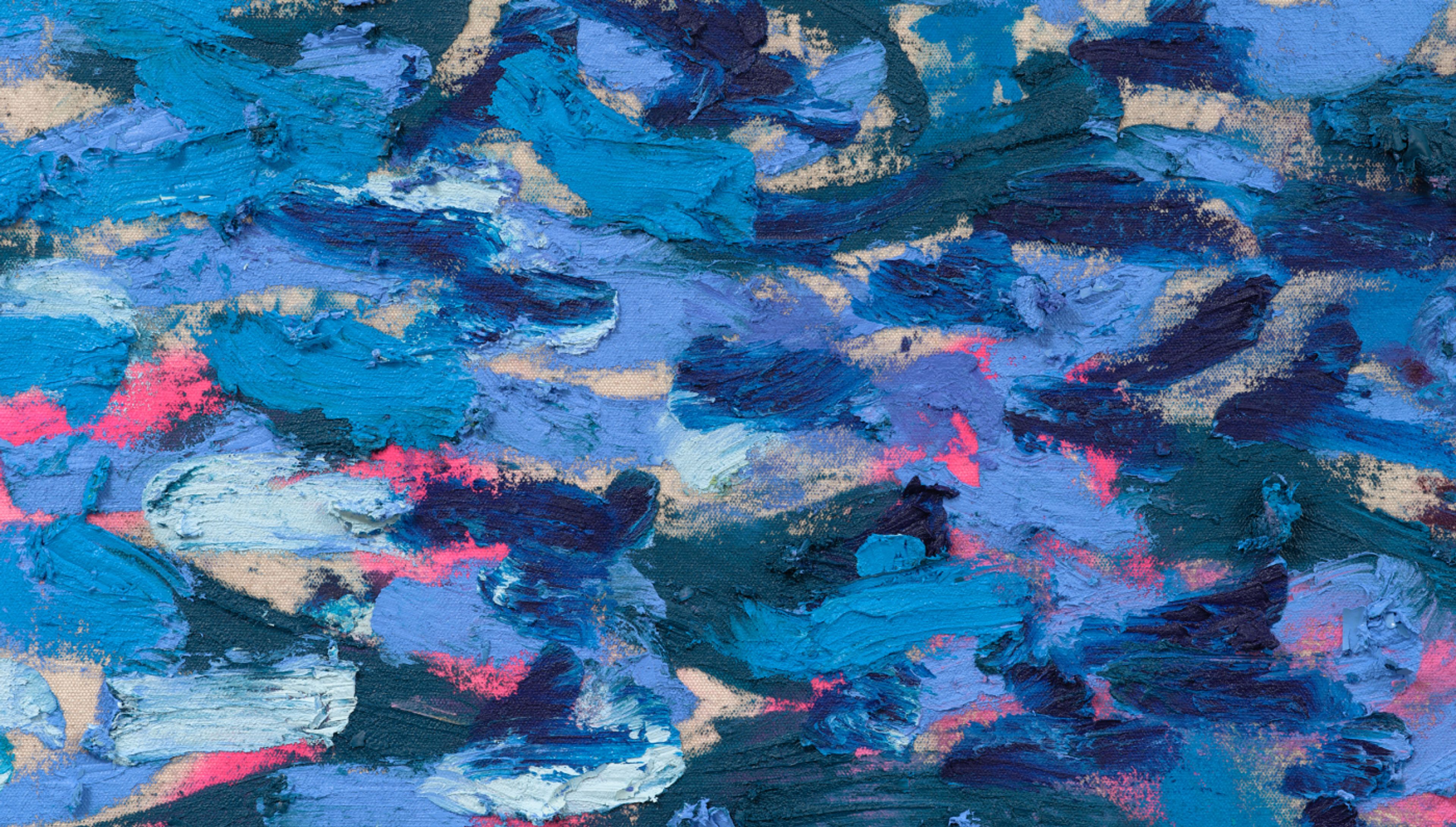
Oscar Murillo: A song to a tearful garden
Explore an online presentation of Oscar Murillo at the 36th Bienal de São Paulo.
Survey
Exhibitions
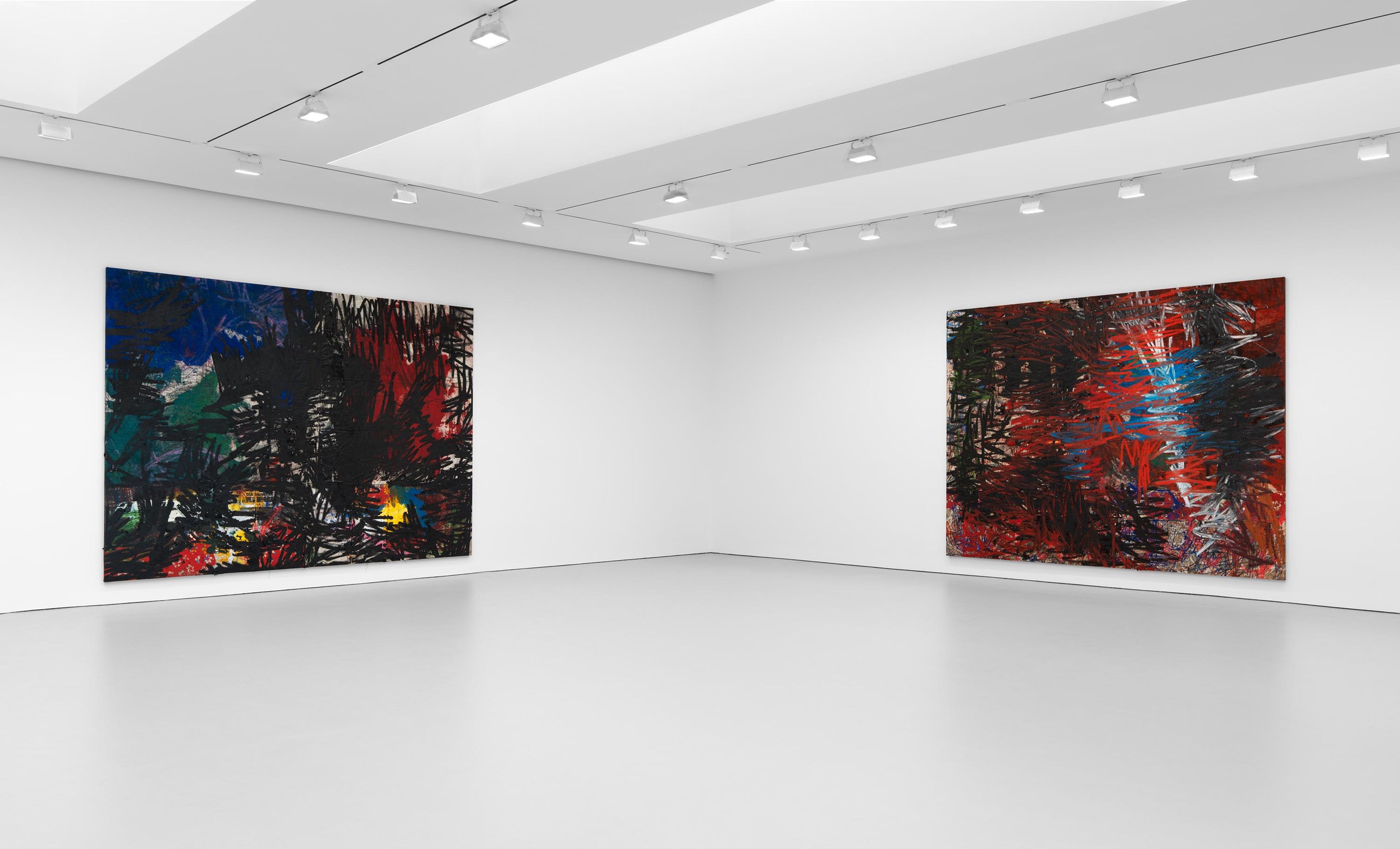
Explore Exhibitions
Artist News
Biography

Oscar Murillo in his studio, 2022. Photo by Jason Schmidt
Born in Colombia, Oscar Murillo (b. 1986) is known for an inventive and itinerant practice that encompasses paintings, works on paper, sculptures, installations, actions, live events, collaborative projects, and videos. Taken as a whole, his body of work demonstrates a sustained emphasis on the notion of cultural exchange and the multiple ways in which ideas, languages, and even everyday items are displaced, circulated, and increasingly intermingled.
Murillo earned his BFA in 2007 from the University of Westminster, London, followed by his MFA in 2012 from the Royal College of Art, London. His first exhibition at David Zwirner, titled A Mercantile Novel, was held at the gallery in New York in 2014. Subsequent solo exhibitions by Murillo at David Zwirner include binary function (London, 2015), through patches of corn, wheat and mud (New York, 2016), the build-up of content and information (Hong Kong, 2018), Manifestation (London, 2019), News (Paris, 2020), Ourself behind ourself concealed (New York, 2022), and A balancing act between collapse and spirit (London, 2024).
Murillo’s works and projects have been the subject of solo and two-person exhibitions at prominent institutions worldwide. In 2026, Collective Osmosis, an exhibition of Murillo’s work alongside the work of Claude Monet, will be jointly presented at DAS MINSK Kunsthaus and Museum Barberini in Potsdam, Germany. A large-scale participatory installation by Murillo, The flooded garden, was on view in the Turbine Hall at Tate Modern, London, from July to August 2024. Other venues which have present solo exhibition’s of the artist’s work include the Fundação de Serralves, Porto (2024); WIELS, Brussels (2024); Kunsthalle Wien, Austria (2024); KM21, The Hague (2022); Scuola Grande della Misericordia, Venice (2022); Saint Louis Art Museum, Missouri (2022); Fondazione Memmo, Rome (2021); Aspen Art Museum, Colorado (2019); Kunstverein in Hamburg, Germany (2019); The Shed, New York (2019); chi K11 art museum, Shanghai (2019); and Kettle’s Yard, Cambridge, England (2019). Murillo was one of four artists to win the 2019 Turner Prize and received an accompanying exhibition at Turner Contemporary, Margate, England.
In 2017, a solo exhibition of the artist’s work was on view at Haus der Kunst, Munich, and was accompanied by a comprehensive monograph published by the museum in association with David Zwirner Books. Other recent solo presentations of Murillo’s work have been held at CAPC musée d’art contemporain de Bordeaux, France (2017); Museo de Arte de la Universidad Nacional de Colombia, Bogotá (2015); Centro Cultural Daoíz y Velarde, Madrid (2015); Artpace, San Antonio, Texas (2015); The Mistake Room, Los Angeles (2014); South London Gallery (2013); Rubell Family Collection, Miami (2012); and Serpentine Gallery, London (2012).
For Murillo’s ongoing long-term project Frequencies, developed with members of the artist’s family, studio team, and collaborators around the world, canvases are temporarily affixed to classroom desks in selected schools across the globe, encouraging students aged ten to sixteen to create any kind of mark making—drawing, writing, doodling. Frequencies was shown at the 56th Venice Biennale exhibition, All the World’s Futures, in 2015. The following year, in 2016, it was presented at the 2nd Hangzhou Triennial of Fiber Art in China and the 3rd Aichi Triennial exhibition, Homo Faber: A Rainbow Caravan, in Japan. It has subsequently been presented at institutions such as the Haus der Kunst, Munich (2017); Museum of Contemporary Art, Cleveland, Ohio (2017); PinchukArtCentre, Kyiv (2017); Yorkshire Sculpture Park, West Bretton, England (2019); Swiss Institute, New York (2021); Mori Art Museum, Tokyo (2021); Coachella Valley, California (2021); TANK Shanghai (2021); and Javett Art Centre, University of Pretoria, South Africa (2023). In 2015, David Zwirner Books published Oscar Murillo: Frequencies, which catalogues the first year of the project and includes reproductions of canvases and photographs of the schools and students involved. A subsequent volume, published in 2024 by Hatje Cantz, with texts by Mark Godfrey, Eleanor Nairne, Gabi Ngcobo, and Alessandro Rabottini, provides an archive of the many iterations of the Frequencies project that Murillo has organized over the past decade and beyond.
In 2023, Murillo was awarded an honorary doctorate from his alma mater, the University of Westminster.
Work by the artist is included in institutional collections worldwide, including the Aïshti Foundation, Lebanon; Arts Council Collection, England; The Broad, Los Angeles; Coppel Collection, Mexico; Dallas Museum of Art; Fondation Louis Vuitton, Paris; Fondazione Memmo, Rome; Fondazione Prada, Milan; Fondazione Sandretto Re Rebaudengo, Turin; Kettle’s Yard, University of Cambridge, England; Moderna Museet, Stockholm; Museum of Contemporary Art, Los Angeles; Museum Ludwig, Cologne; The Museum of Modern Art, New York; Rubell Museum, Miami; San Francisco Museum of Modern Art; Seattle Art Museum; Stedelijk Museum voor Actuele Kunst (S.M.A.K.), Ghent; Taguchi Art Collection, Tokyo; and Tate, United Kingdom.
Murillo lives and works in La Paila, Colombia.
Selected Press
Selected Titles

Request more information
